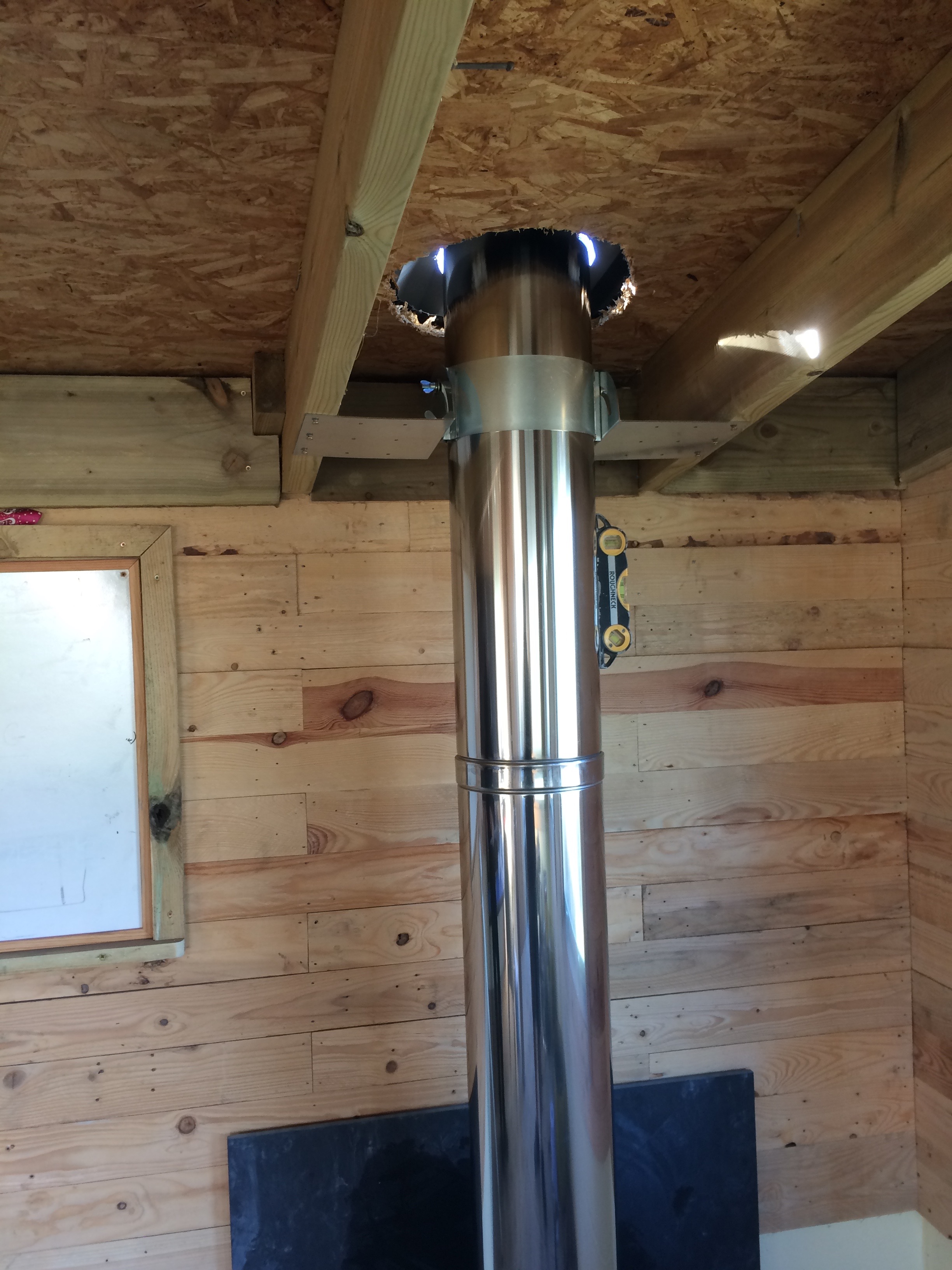Comprehending the Various Types of Range Setups
Choosing the right stove and confirming it is put in properly is essential for every homeowner seeking to enhance their kitchen’s efficiency and aesthetics. From gas to electric options, all stove type has its specific installation requirements and aspects that can significantly impact operation and security. Understanding these disparities can assist you make wise decisions and prevent typical pitfalls in the installation process.
In this guide, let's investigate the various types of stove installations, their particular requirements, and the importance of engaging a qualified professional for the job. If you are you're upgrading an old appliance or setting up a new one, understanding how to ready your kitchen and what safety measures to take will guarantee a seamless transition. Let us dive into the essentials every homeowner should know to make their stove installation a triumph. spintax  ### Choosing the Right Stove: Gas vs. Electric
### Choosing the Right Stove: Gas vs. Electric
When selecting a stove, one of the first decisions homeowners face is whether to opt for a gas or electrical model. Gas stoves offer rapid heating and exact temperature control, making them a favorite among expert chefs and cooking enthusiasts. They also allow for immediate adjustments, which can be helpful for recipes that require meticulous temperature management. However, gas stoves need a gas line, which can add to installation complexity and expense.
On the other hand, electric stoves, including conventional and induction options, are typically easier to install as they simply require an electrical outlet. Electric stoves provide smooth cooking surfaces that are aesthetically pleasing and easier to clean. Induction cooktops, in particular, offer rapid heating and energy efficiency. However, some users find that electric stoves take longer to heat up and may not provide the same level of instant control as their natural gas counterparts.
Ultimately, the choice between gas and electric comes down to personal preference, cooking habits, and existing kitchen infrastructure. Homeowners should consider factors such as cooking styles, budget constraints, and the accessibility of gas lines or electrical upgrades when making their decision. Each type has its own set of benefits that cater to various needs in the kitchen.
Tips for Quality Stove Setup
Quality cooktop setup begins with careful planning. Property owners should measure the kitchen space available for the new stove, ensuring that it fits perfectly and adheres to the necessary space from walls and other devices. It's also essential to verify for the appropriate service connections, such as natural gas lines for gas cooktops or correct power outlets for electric stoves. Keeping these factors in mind will help prevent any issues during the installation process.
When it comes to security, hiring a certified technician is strongly recommended. Professionals are skilled about state regulations and requirements, making sure that your stove is installed according to regulatory guidelines. https://stoveinstallationnearme.co.uk/ can also verify proper ventilation, especially for gas stoves, to mitigate hazardous situations. Homeowners should never disregard the importance of safety precautions and compliance to protect their home.
Finally, maintenance and aftercare are crucial after setup. Homeowners should familiarize themselves with the operation of their recently installed cooktop and resolve any early concerns with the technician. Regular maintenance, such as cleaning and inspecting for natural gas leaks in gas cooktops or making sure power connections are secure, can extend the cooktop’s durability and efficiency. Keeping these practices in consideration will help property owners enjoy their new cooking device with assurance.
Maintenance and Troubleshooting Your Stove
Consistent maintenance is essential to guarantee the durability and efficiency of your stove. For gas stoves, it is necessary to check the burners and grates for any food residue or spills that can interfere with operation. Wiping these parts down after use and conducting a thorough cleaning at least once a month will help maintain functionality. Additionally, ensure that the gas line connections are secure and check for any indications of wear or damage.
For electric and induction stoves, keeping an eye on the condition of the heating elements is crucial. If you see that an element is not heating properly, it might need to be replaced. Cleaning the cooktop surface regularly not only improves appearance but also prevents food build-up that can impact heating efficiency. Always make sure to follow the manufacturer’s guidelines for cleaning to avoid damaging the surface.
If your stove isn’t performing as expected, troubleshooting should start with checking basic connections and settings. For gas stoves, verify that the gas supply is turned on and that the igniter is operational. In the case of electric stoves, check the circuit breaker and outlet power. If problems persist, contacting a professional for an extensive inspection is advisable to mitigate potential hazards and guarantee safe operation.